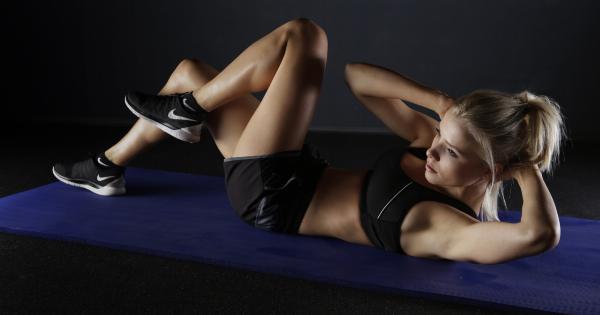For those who suffer from Parkinson’s disease, the news is hopeful. High-intensity exercise has been discovered to reduce the progression of this chronic and degenerative neurological disease.
While the exact cause of Parkinson’s still isn’t known, researchers believe that physical activity can help to manage symptoms and maintain a satisfactory quality of life.
The Benefits of Exercise for Parkinson’s Patients
Regular exercise can slow down the progression of various symptoms of Parkinson’s disease, such as difficulty walking, tremors, and stiffness.
Exercise can also improve the patient’s balance and coordination, making them feel more confident and stable on their feet.
Several studies have shown that exercise can also significantly improve mental health and reduce the risk of depression and anxiety, which are commonly seen in Parkinson’s patients who find themselves struggling to manage the challenges of their condition.
High-Intensity Exercise and Parkinson’s Disease
For years, scientists have researched the role of physical exercise on the symptoms of Parkinson’s disease.
Recently, a team of Dutch researchers has discovered that high-intensity exercise can slow down the progression of symptoms and may even reverse some symptoms in patients who are still in the early stages of the disease.
The study published in the Journal of Parkinson’s Disease tested a group of Parkinson’s patients involving cycling at a high-intensity level for around 30 minutes, three times a week.
After six months, the researchers discovered that those in the study who received the high-intensity exercise regimen had 15% less symptom progression than the control group, which only received “standard care.”.
The research highlights the importance of exercise in the management of Parkinson’s disease and suggests that higher-intensity workout routines may be even more beneficial to the patients.
How High-Intensity Exercise Work on Parkinson’s Patients
Studies have shown that the high-intensity exercise is beneficial to Parkinson’s patients for various reasons:.
Stimulating dopamine production
Dopamine is a crucial neurotransmitter found to be at lower levels in Parkinson’s patients than necessary in healthy individuals.
High-intensity exercise enhances the secretion of dopamine in the brain, improving motor functioning and symptom management.
Retaining brain plasticity
High-intensity workouts challenge the brain and improve the neural connections, thus maintaining plasticity.
Retaining brain plasticity can help patients cope with symptoms of Parkinson’s disease, such as cognitive impairment and motor dysfunction.
Protecting and preserving brain cells
Research demonstrated that the generation of brain-derived neurotrophic factor (BDNF) is increased in Parkinson’s patients who perform high-intensity exercises regularly.
Increased BDNF secretion can protect and preserve brain cells, delay symptoms and maintain overall brain health.
Types of High-Intensity Exercise for Parkinson’s Patients
A variety of high-intensity exercises can be safe and beneficial for Parkinson’s patients, including:.
Interval training
Interval training alternates short, high-intensity bursts with rest periods. The rest periods allow the body to recover and effectively reduce stress on the body.
Cycling
Stationary biking provides an excellent cardiovascular workout without putting too much pressure on the joints. Patients can cycle at their own pace and gradually increase the intensity of the workout as per their comfort levels.
High-Intensity Strength Training
Strength training can significantly reduce the symptoms of Parkinson’s disease. It can improve muscle strength, mobility, and flexibility while reducing the risk of falls.
The key is to work with a physical therapist to make a customized strength-training program designed specifically to meet the patient’s needs.
High-Intensity Boxing
High-intensity boxing workouts can help Parkinson’s patients in improving their coordination, flexibility, balance, and agility. Punching bags and speed bags can be an excellent way to release pent-up energy and aggression while staying active.
CrossFit
Crossfit is a high-intensity workout that involves multiple exercises such as calisthenics, weightlifting, and cardio training.
The workout can be customized per the patient’s needs, fitness, and health levels, making it safe and effective at the same time.
In conclusion: High-Intensity Exercise and Parkinson’s Disease
The research suggests that high-intensity exercise may be a promising treatment for Parkinson’s disease. High-intensity exercise can help reduce symptom progression, improve mental health, and increase the quality of life of patients.
It enhances dopamine release, maintains brain plasticity, and preserves brain cells, thereby delaying the disease progression and possibly even reversing the symptoms in some patients.
Although further studies are necessary to conclude the treatment effectiveness of high-intensity exercises on Parkinson’s patients, they provide much-needed hope for those suffering from this debilitating and life-altering condition.



























